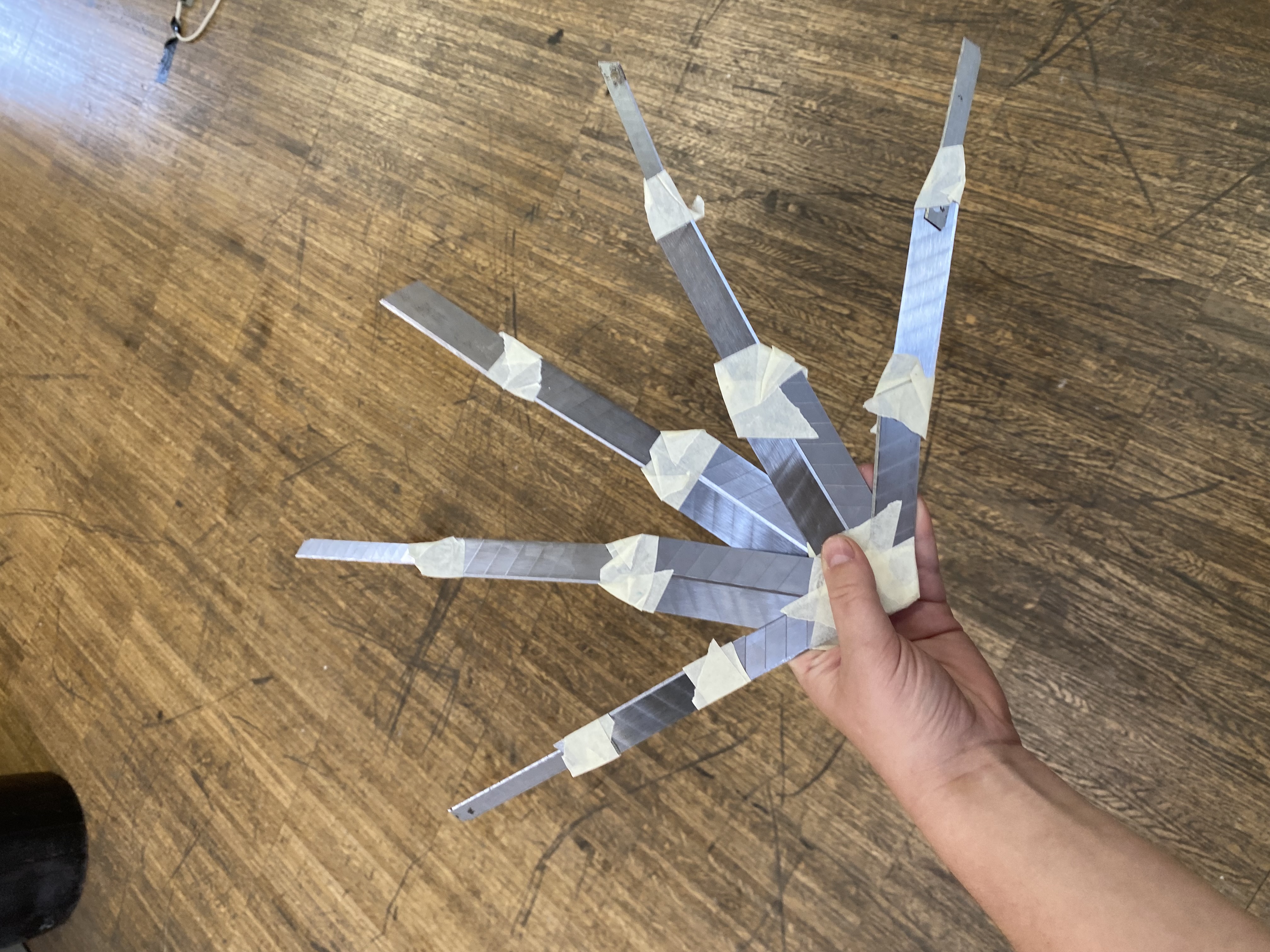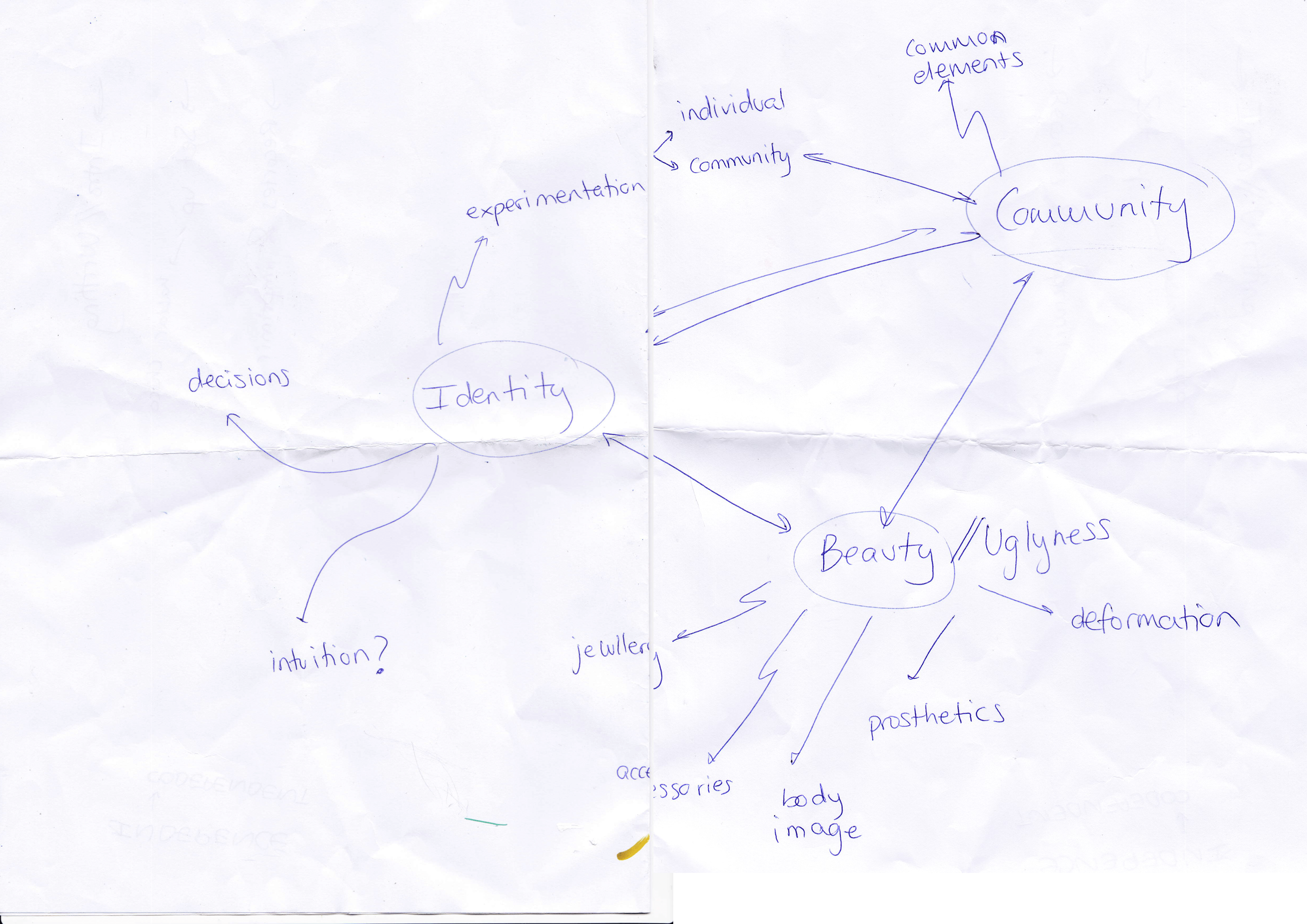
Go Back Term1


1st, 2nd and 3rd person perspective:
There are different approaches to relate to the socio-technical system object of study. 3rd person perspective relates to gathering information without getting involved, and a 2nd person perspective is about designing with a sample of the target group. In a 1st person perspective, the designer is part of a system within the existing social structures
Role 1:The prototype as an experimental component to test specific hypotheses physically embedded (incrustado) in the artifact. It is ideal if you’re working on a project where you need to physically validate specific hypotheses. It’s particularly useful when you want to check if an idea or concept works in practice and meets certain criteria or requirements.
Role 2: The prototype as a means of inquiry to encourage (fomentar) reflection. It is relevant when you want to foster reflection and exploration. This approach is useful if you want to gain a deeper understanding of how users interact with a product or concept and how it relates to their experiences and emotions.
Role 3:The prototype as a research archetype. Speculative Design . exposing confrontational or contradictory scenarios. It is well-suited for speculative design projects, where you aim to create provocative or contradictory scenarios to explore different possibilities and challenge conventional perceptions. This role is useful when you want to open up new perspectives and question the dogmas.
Role 4: The process of prototyping as a vehicle for inquir. The process becomes a means of inquiry. The reasearch contribution is tied not to the artefact itself as much as to how the artefact was crafted. Enphasize how the prototype is created rather than just the final outcome. This can be useful when the design process itself is a fundamental part of your research. You can explore how iteration, design decisions, and methodologies affect the final result
BRIEF: Upload to your website your own RtD toolbox (extended workspace)..
Accept and reflect on how your context is shaping you as a professional. Rethink how your infrastructure, people, places, things and materials became available either physical or virtual to your practice.

BRIEF: Write a reflection on the main roles of prototyping and other design activities that you want to use based on the context you are in..
Remember, you don’t have to stick to just one of these prototyping roles throughout your design journey. You can use any of them whenever needed to reach your goals, and sometimes it’s even beneficial to mix different roles to achieve your research objectives effectively.
Prototyping and Experimentation: (trial and error)
Vincular la conducta a la aleatoriedad de las acciones y de evadir la toma de decisiones delegando la a cosas que son absolutamente ajenas.
Diluye la propia autonomía como sujeto, las decisiones, la cotidianidad,. Confiar al azar una parte controlada de esta realidad.
Tiene que ser posible, sin organizar el tiempo, sin contar con él como cosa segura, dejarlo ser tal como es.
BRIEF: Upload a GIF with a short explanation/audio-file for the prototype for your partner’s inquiry.
Francisca Project: Understanding the importance of emotional connection in a world that often feels fast-paced and distant, the idea of providing a response to this need arises. Based on the premise of offering more comforting and authentic hugs, the creation of extendable arm prostheses has been conceived

What if these hands, which long to embrace, comfort, and touch, could only inflict harm?
From design space to design actions
From individual design spaces to collective interventions
Keywords
co-create
prototypes with others
Design InterventionThe action of deploying prototypes (physical, digital, ideas, methodologies) in the real world in order to explore and trigger actions in humans and non-humans
Collaborative Design Spaces to find experimentation & intervention opportunities.
Growing Communities of Practice: Creating groups of interest.Who complements yours skills, expands your network and resources, supports you theoretically or methodologically?
BRIEF: A reflection on the Collective Design Space activity carried out with all your collegues.

BRIEF: A reflection on your group work. Include an image for the resulting shared Design Space
 Miro board of our Design Intervention
We've designed a collective Design Intervention to explore how alterations of your face can change your perception of yourself; either hide a part of you or enhance it. We want to give the possibility of changing your face to a specific group of people, and allow them to reflect on reconfiguration of the body. This change they can apply to their faces, might be on purpose to hide a part they don't like or either enhance another one they love.
For the intervention, we have organized an event or party at Everardo's house with our friends. We believe that the relaxed atmosphere of this type of space gives the participant more room to get carried away.
Our intervention wants to explore the following questions:
Did you choose to alter your face to hide or change a part of yourself you don't like? Or to enhace your existing identity?
After changing your face, do you feel more like yourself or less like yourself?
Miro board of our Design Intervention
We've designed a collective Design Intervention to explore how alterations of your face can change your perception of yourself; either hide a part of you or enhance it. We want to give the possibility of changing your face to a specific group of people, and allow them to reflect on reconfiguration of the body. This change they can apply to their faces, might be on purpose to hide a part they don't like or either enhance another one they love.
For the intervention, we have organized an event or party at Everardo's house with our friends. We believe that the relaxed atmosphere of this type of space gives the participant more room to get carried away.
Our intervention wants to explore the following questions:
Did you choose to alter your face to hide or change a part of yourself you don't like? Or to enhace your existing identity?
After changing your face, do you feel more like yourself or less like yourself?
BRIEF: Update your personal Design Space accordingly.
BRIEF:Carry out a group pilot design interventions to understand your design space. Document it in your website. Make a video (max.3 min)
Final Result Final Video
Final Video
New points of interest extracted from the performed intervention:
Exploration of the aesthetic and social perception of what is considered attractive or unpleasant.
BRIEF:Answer: what, so what, now what? of journey
Share the process and results of the activity: NOW WHAT?
Update your Design Space accordingly
https://miro.com/app/board/uXjVNap_doU=/?share_link_id=445489512015 Attached link to the miroboard.The concept of pleasure and physical enjoyment are no longer directed by the person-to-person connection but by the machine-to-machine interaction directed by two proximity sensors that create a fictitious connection between the two people, but at the same time charged with intimacy and pleasure. The connections results in an interaction between two digital models that actually touch and interact as if it were a condition of sexual intimacy that brings pleasure.
https://youtu.be/8jj0FoZHYX0 Attached link to Final Video on Youtube.New points of interest extracted from the performed intervention:
Transhumanism: is an intellectual and cultural movement advocating for the enhancement and expansion of human capabilities through the use of advanced technologies. Its main goal is to overcome biological limitations and improve the human condition by applying technologies such as genetic engineering, nanotechnology, artificial intelligence, augmented reality, and other related disciplines.
https://miro.com/app/board/uXjVNap_doU=/?share_link_id=445489512015 Attached link to the miroboard.- The evolution of the human body and its adaptation has been a dynamic response to our environment.
- This futuristic approach adds an additional layer to my fascination, prompting questions about how we could evolve physically and biologically in still unknown environments.
- The ability of our bodies to adjust and develop is a crucial aspect of this exploration.
Nuevos referentes:
Crimes of the Future
Rosi Braidotti
Donna Haraway. Staying with the Trouble: Making Kin in the Chthulucene
Durham: Duke University Press
Ursula K. Le Guin
Lucy McRae https://www.lucymcrae.net/lucyandbart
